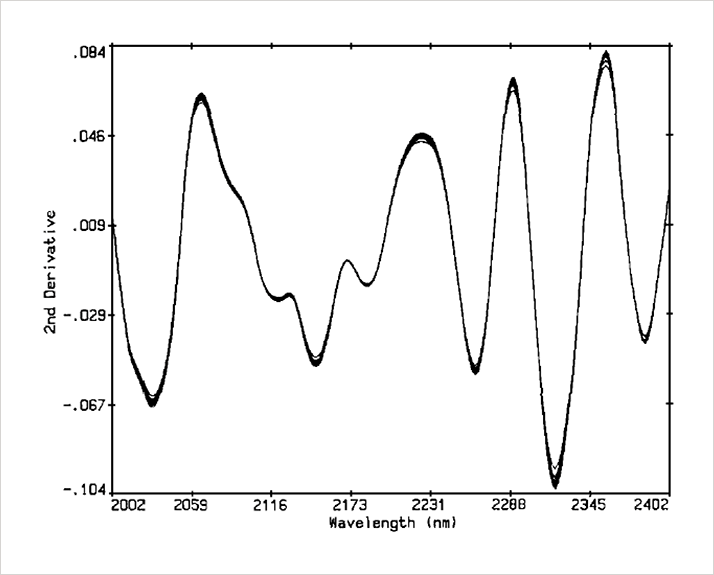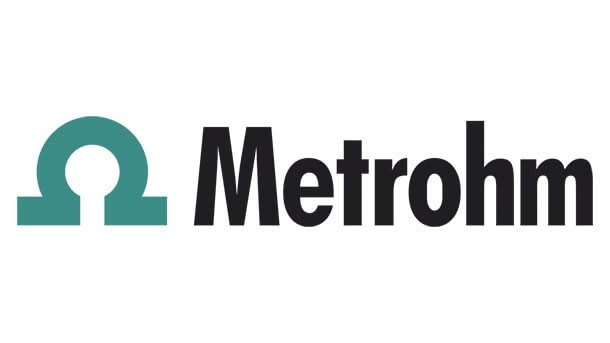Introduction
Two of the leading pain remedies, apirin and acetaminophen, are com-pared with generic samples for content uniformity testing using near-infrared spectroscopy (NIRS). The method of standard addition is used for quantification. To reduce most of the effects that stem from particle size and packing differences, second derivative spectra are used.
 Near-Infrared Spectroscopy Application Note NIR–1
Near-Infrared Spectroscopy Application Note NIR–1
Method description
Often an analyst is called upon to determine an analyte where the matrix cannot be eliminated or exactly repro-duced in a blank sample. This is often the case in envi-ronmental, chemical effluent, or clinical samples. For years, chemists have been dealing with these samples in the techniques of atomic absorption spectroscopy (AAS) and ion-selective electrodes (ISE). The method of choice, in many cases, is the method of standard additions.In brief, the standard additions technique uses the un-known as a constant matrix wherein controlled amounts of the analyte are added. The total spectrum is now considered and a calibration curve is developed. The United States Pharmacopeia (USP) and the Food and Drug Administration (FDA) have limits for the content of both prescription and over-the-counter products. Within the shelf life posted upon the bottle, the individual tablets should contain between 90 and 110% of the label claim. Usually, internal specifications are tighter to allow for normal loss of potency during shelf life. Often, these are as tight as 98 to 102% for expensive, volatile (nitroglycerine), or less stable materials.The actual limits of release can be the major factor in cost. To attain tight limits, extra formulation and pilot plant time must be invested. The actual manufacturing of the product becomes more expensive because of tighter in-process and quality control testing of the finished product. More rejected batches mean higher production costs. Fewer restraints on limits can lower costs. The near-infrared (NIR) region of the electromagnetic spectrum is from around 700 nm to 2500 nm, between the end of the visible to the start of the traditional infra-red. The spectrum consists of overtones and combina-tion bands originating in the mid-range IR. The lower extinction coefficients allow for direct diffuse reflectance measurements without having to first dilute the sample.





